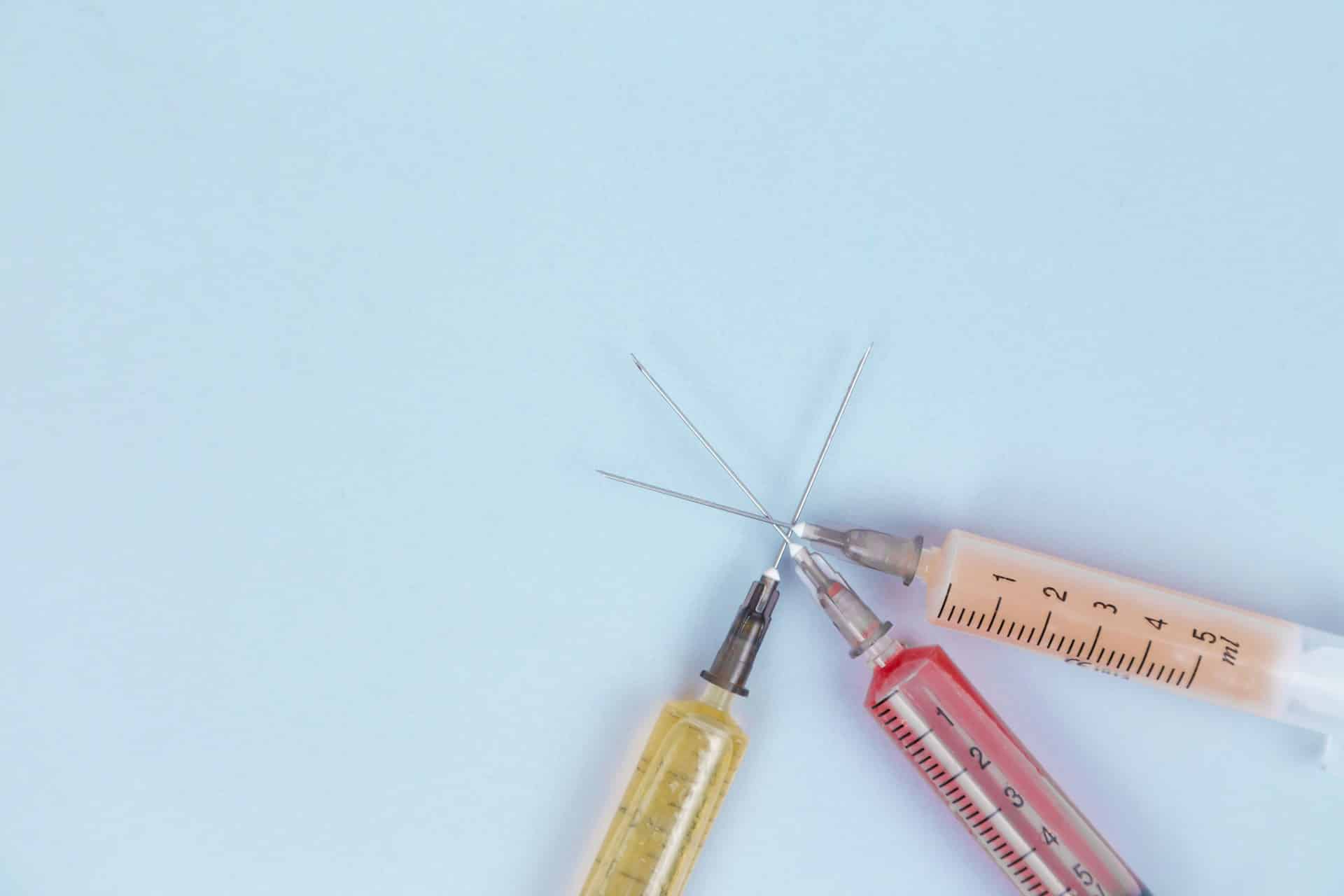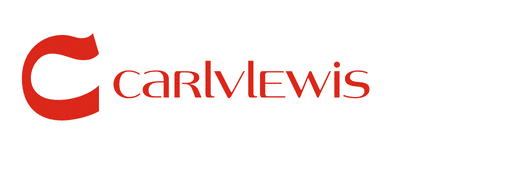What Techniques Can Help Reduce Needle Phobia in Patients Requiring Regular Injections?

The fear of needles, known as needle phobia, is a common health anxiety that can cause significant distress to patients, especially those who require regular injections. As the health care landscape continues to evolve, especially amidst the ongoing Covid pandemic, the need to address and manage needle phobia has become increasingly apparent. This article delves into techniques that can help reduce needle phobia, citing studies from reputable sources such as PubMed, Google Scholar, and DOI.
Understanding Needle Phobia
Before we delve into the various techniques that can help alleviate needle phobia, it’s important to understand what precisely needle phobia is and how it impacts patients’ health care practices.
A découvrir également : What Are the Health Implications of Prolonged Sitting for Remote Workers?
Needle phobia, often associated with fear, anxiety, and pain, is a validated medical condition. It’s not simply a fear of injections or blood tests. For some patients, the mere anticipation of a needle procedure can induce extreme fear and distress, leading to avoidance behaviour. This avoidance can interfere with medical care, leading to delayed or missed treatments and vaccinations.
Research, as documented in PubMed and Google Scholar, suggests that needle phobia affects up to 25% of adults and an even higher percentage of children. It is therefore a significant concern for health care providers, given the potential impact on patient care and adherence to treatment protocols.
A voir aussi : What Are the Pros and Cons of Telehealth for Chronic Disease Management?
Techniques to Reduce Needle Phobia: Cognitive-Behavioural Therapies
Cognitive-behavioural therapies (CBTs) are widely recognised as effective techniques for managing phobias, including needle phobia.
CBTs encompass a range of strategies designed to change the thought processes that lead to fear, anxiety, and avoidance behaviours. For patients with needle phobia, these strategies may include exposure therapy, cognitive restructuring, and stress management techniques.
For instance, exposure therapy involves gradually and repeatedly exposing the patient to the feared object or situation — in this case, needles and injection procedures. The aim is to desensitise the patient to the fear stimulus and promote a sense of mastery or control over their fear response.
Cognitive restructuring, on the other hand, helps patients identify and challenge the irrational thoughts and beliefs that fuel their fear of needles. For example, a patient may believe that all injections are extremely painful or that they will faint during a blood draw. By confronting and changing these irrational beliefs, patients can reduce their fear and anxiety towards needle procedures.
The Role of Health Care Professionals in Managing Needle Phobia
Health care professionals play a critical role in managing needle phobia. They not only administer injections but also provide the necessary psychological support to help patients cope with their fear.
Health care professionals can help by using a gentle approach when administering injections, explaining the procedure in understandable terms, and offering reassurances. Distraction techniques, such as talking to the patient about a pleasant topic, can also be effective in reducing anxiety and fear.
Furthermore, health care professionals can recommend or provide access to support groups or counselling services, especially for patients who require regular injections. These support resources can provide a safe space for patients to share their experiences and learn coping strategies from others who have successfully managed their needle phobia.
Technological Interventions and Needle Phobia
Beyond traditional therapies and the role of health care professionals, technology also offers potential solutions for managing needle phobia.
One such technological intervention is virtual reality (VR). VR has been shown to be an effective tool in reducing anxiety and pain during needle procedures. A study published in ‘DOI’ suggested that patients who used VR during injection procedures reported significantly less pain and fear compared to those who did not use VR.
The VR experience can distract patients from the needle procedure, leading to a decrease in perceived pain and fear. The immersive nature of VR can also help patients feel more in control of their environment, reducing feelings of vulnerability that often accompany needle procedures.
Integrating Mind-Body Practices in the Management of Needle Phobia
Integrating mind-body practices, such as deep breathing, mindfulness, and yoga, can also be helpful in managing needle phobia.
Deep breathing exercises can help patients manage their anxiety by activating the body’s relaxation response, slowing heart rate, and reducing blood pressure. Mindfulness techniques, which involve focusing on the present moment without judgement, can also reduce anxiety and fear by preventing patients from becoming consumed by their fear of future needle procedures.
Yoga, while not directly related to needle procedures, can be a beneficial adjunct therapy. Regular yoga practice has been shown to reduce anxiety and increase pain tolerance, both of which can benefit patients with needle phobia. In fact, a study found on Google Scholar indicated that patients who engaged in regular yoga practice reported less anxiety and fear related to needle procedures, compared to those who did not practise yoga.
In conclusion, there are numerous strategies that can help manage needle phobia in patients requiring regular injections. By combining cognitive-behavioural therapies, empathetic health care practices, technological interventions, and mind-body practices, patients can successfully navigate their fear of needles, improving their adherence to necessary medical treatments.
The Impact of Needle Phobia on Patients and the Health Care System
As mentioned earlier, needle phobia is not just a simple fear of injections or blood tests, it can significantly interfere with medical care, leading to delayed or missed treatments and vaccinations. The potential impact on patient care and adherence to treatment protocols cannot be underestimated. Therefore, it’s crucial for health care professionals to understand the gravity of the issue and be proactive in reducing needle fear.
The avoidance behaviour often displayed by people with needle phobia can result in a range of health complications. For instance, a study on Google Scholar reveals that individuals with needle phobia are more likely to avoid vaccinations, putting them and the community health at risk of preventable diseases. Similarly, another free article found on PMC suggests that needle fear can prevent patients from seeking necessary medical care, even in life-threatening situations such as severe allergic reactions.
Needle phobia also places additional strain on health care systems. For example, a research article on DOI PubMed revealed that needle fear contributes to longer appointment times, increased resources use, and elevated levels of stress among health care professionals.
In the context of children and adolescents, the fear of needles can result in traumatic experiences, impacting their future interactions with health care providers and potentially their long-term health outcomes. Hence, it’s crucial that health care professionals incorporate proven techniques to reduce needle fear in their clinical practice.
Creating a Positive Patient Experience: The Key to Overcoming Needle Phobia
Creating a positive patient experience is crucial in the management of needle phobia. From the moment the patient enters the health care facility, their experience can significantly influence their fear and anxiety levels.
In order to create a positive patient experience, health care professionals need to establish open and empathetic communication with patients. Understanding the patient’s fear and the reasons behind it can help in formulating a personalized approach to reduce their needle phobia.
Use of distraction techniques, such as engaging the patient in conversation about a pleasant topic or using visual aids, can also be effective in reducing anxiety and fear. Moreover, the use of comfort measures like holding the patient’s hand during the injection or applying a local anesthetic can also significantly reduce pain and fear.
Health care professionals also need to be aware of their own behaviour during needle procedures. A calm and confident demeanor can reassure the patient and reduce their anxiety. On the contrary, a rushed or impatient attitude can increase the patient’s fear and anxiety.
Conclusion
Managing needle phobia in patients requiring regular injections is a complex task which requires an integrated approach. This article has highlighted several strategies including cognitive-behavioural therapies, creating a positive patient experience, the role of health care professionals, technological interventions and mind-body practices.
However, it’s crucial to remember that every patient is unique and what works for one may not work for another. Therefore, health care professionals must be flexible and willing to adapt different techniques based on the patient’s needs and responses.
Ultimately, the goal is to enable patients to manage their fear of needles, so they can receive the medical care they need without unnecessary stress or discomfort. With consistent effort and the right approach, this is a goal that can certainly be achieved, leading to improved patient care and better health outcomes.
